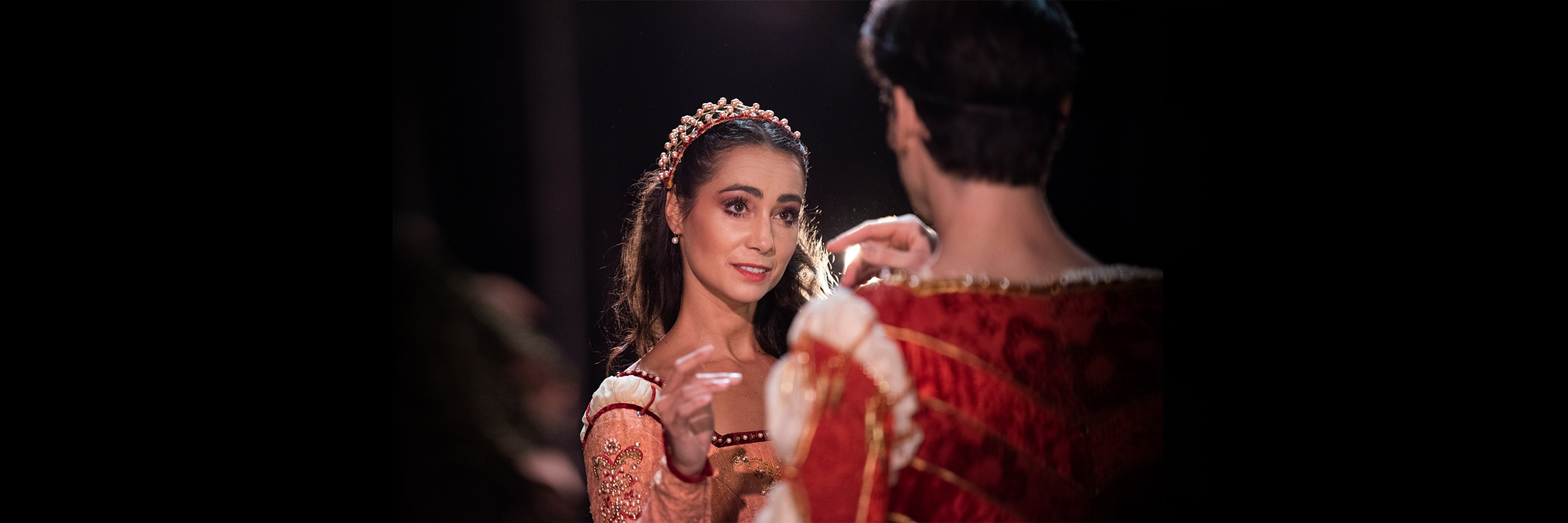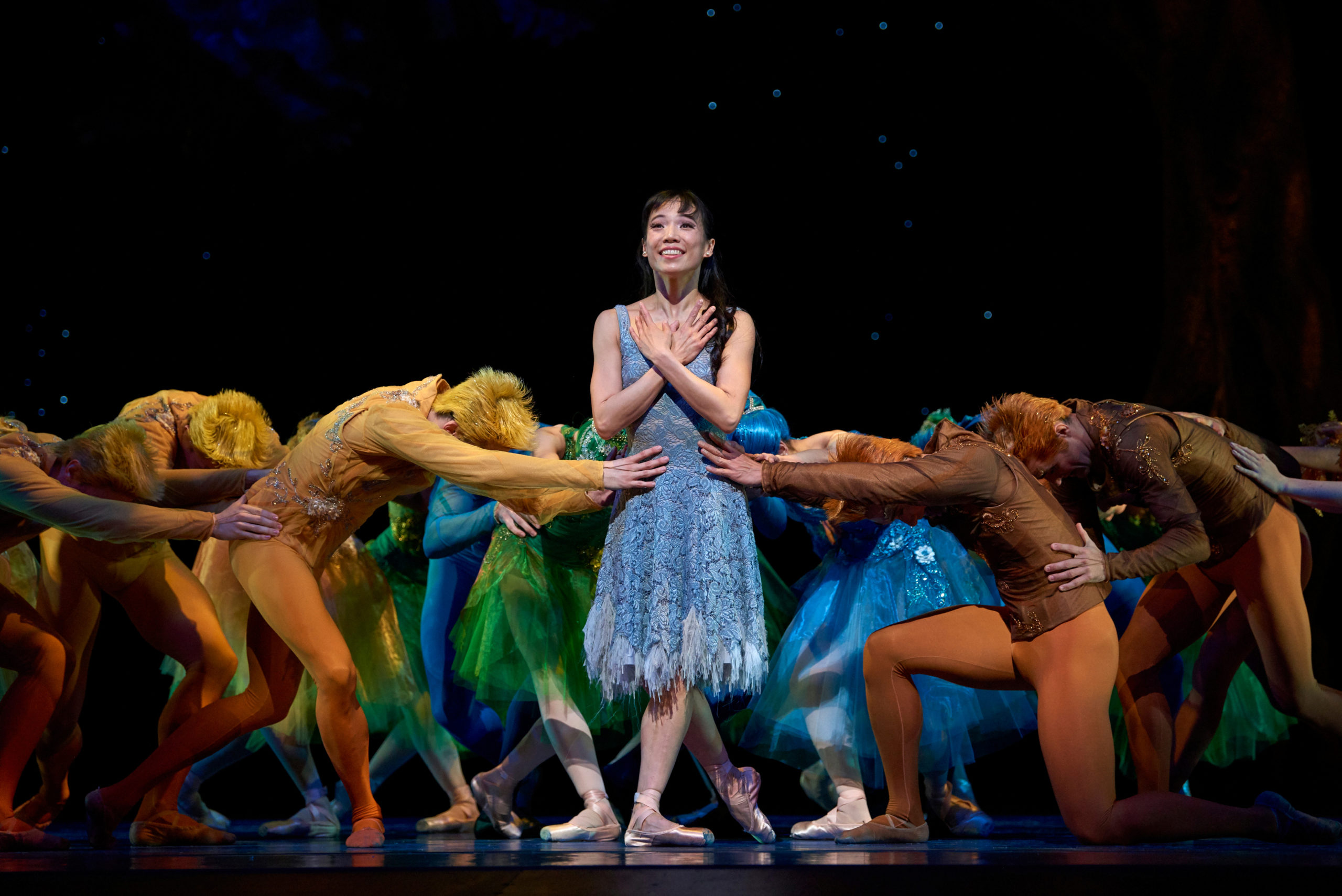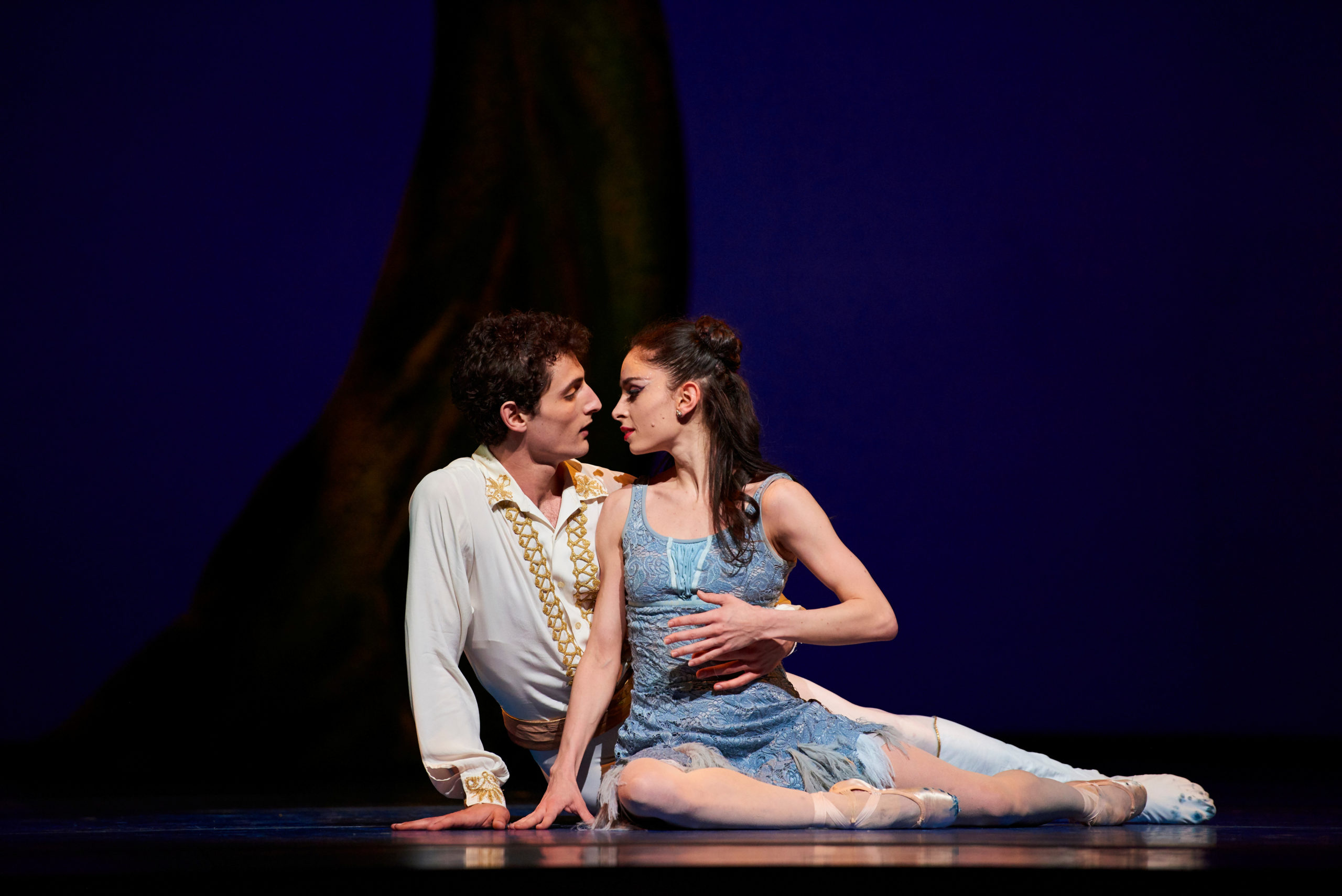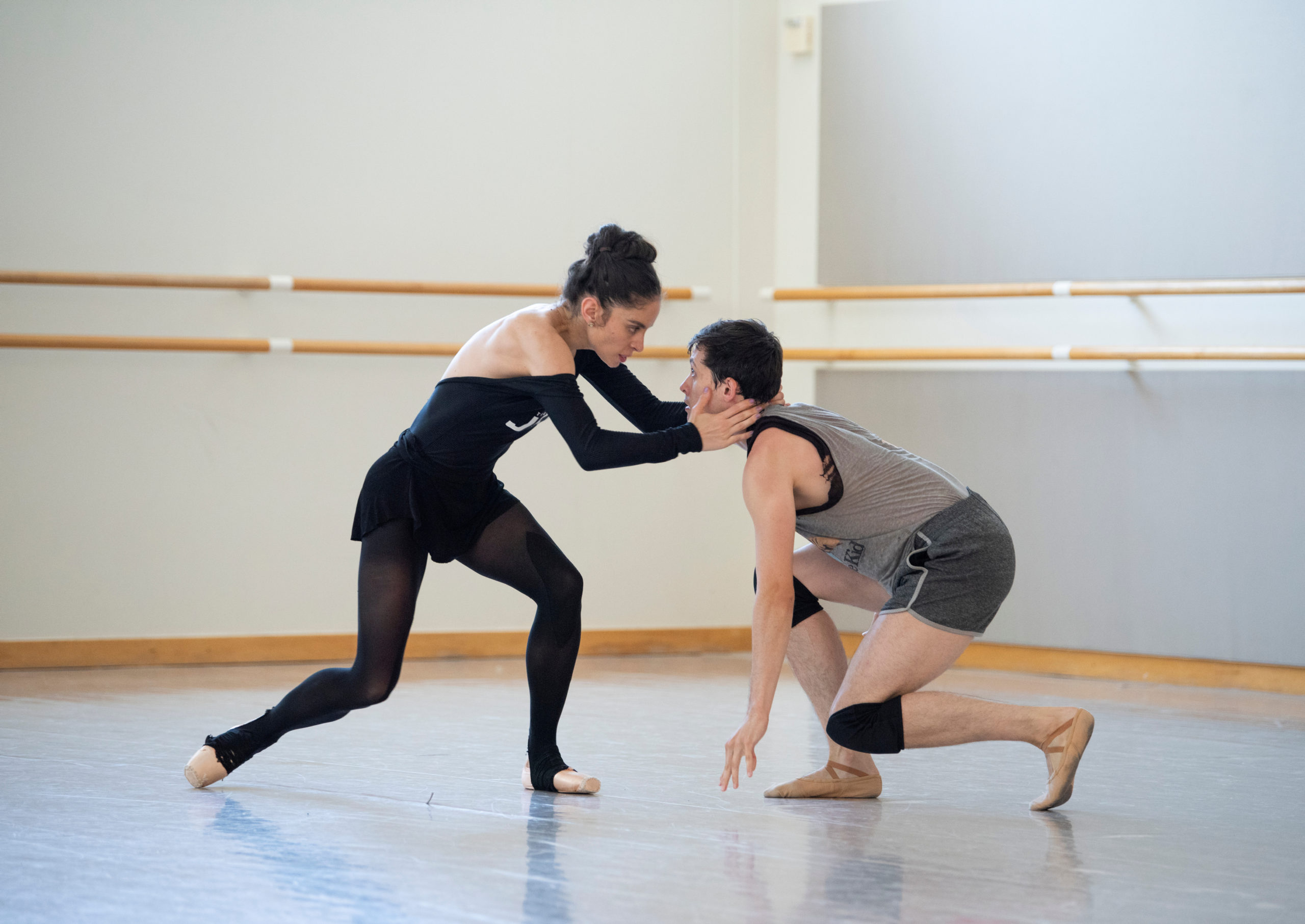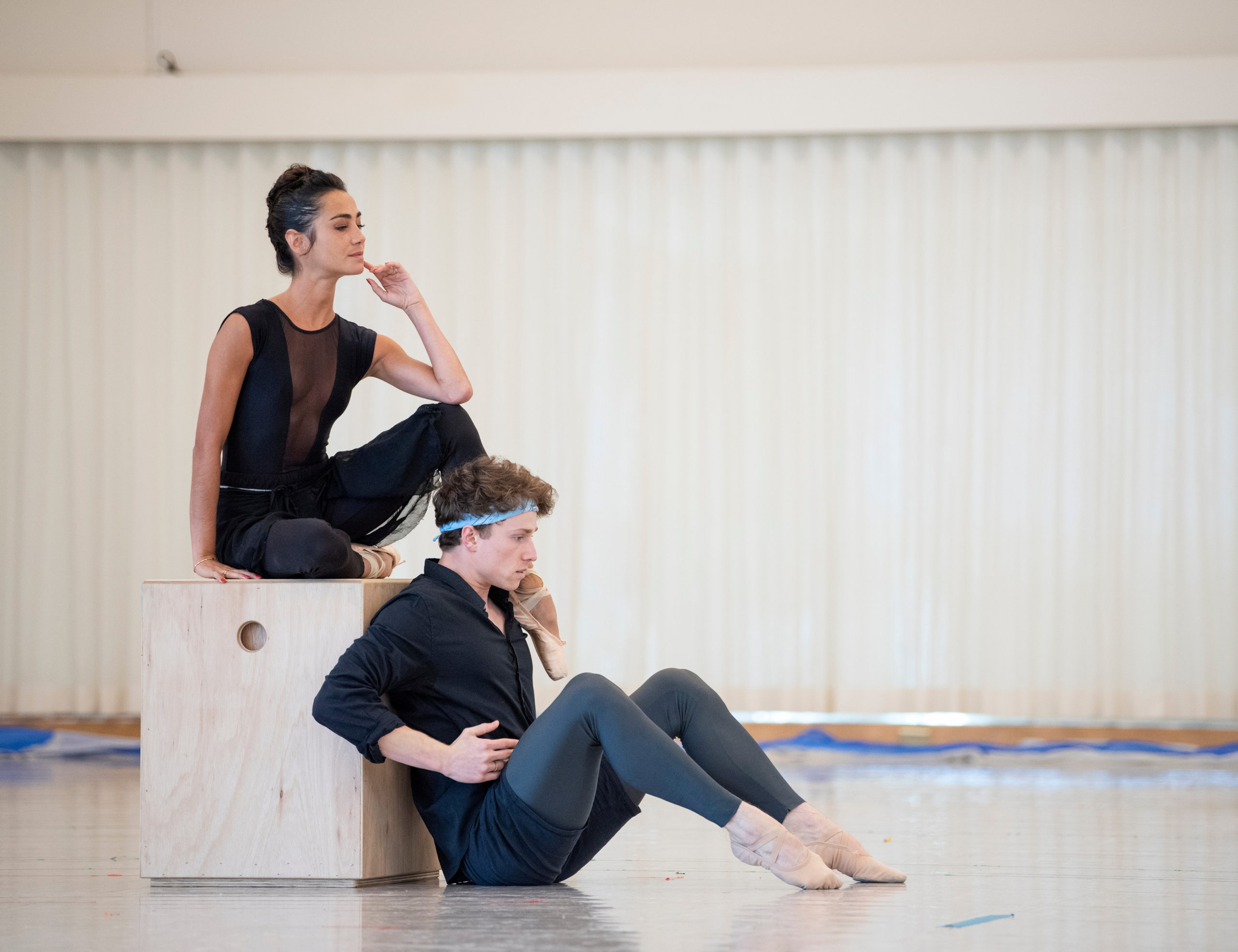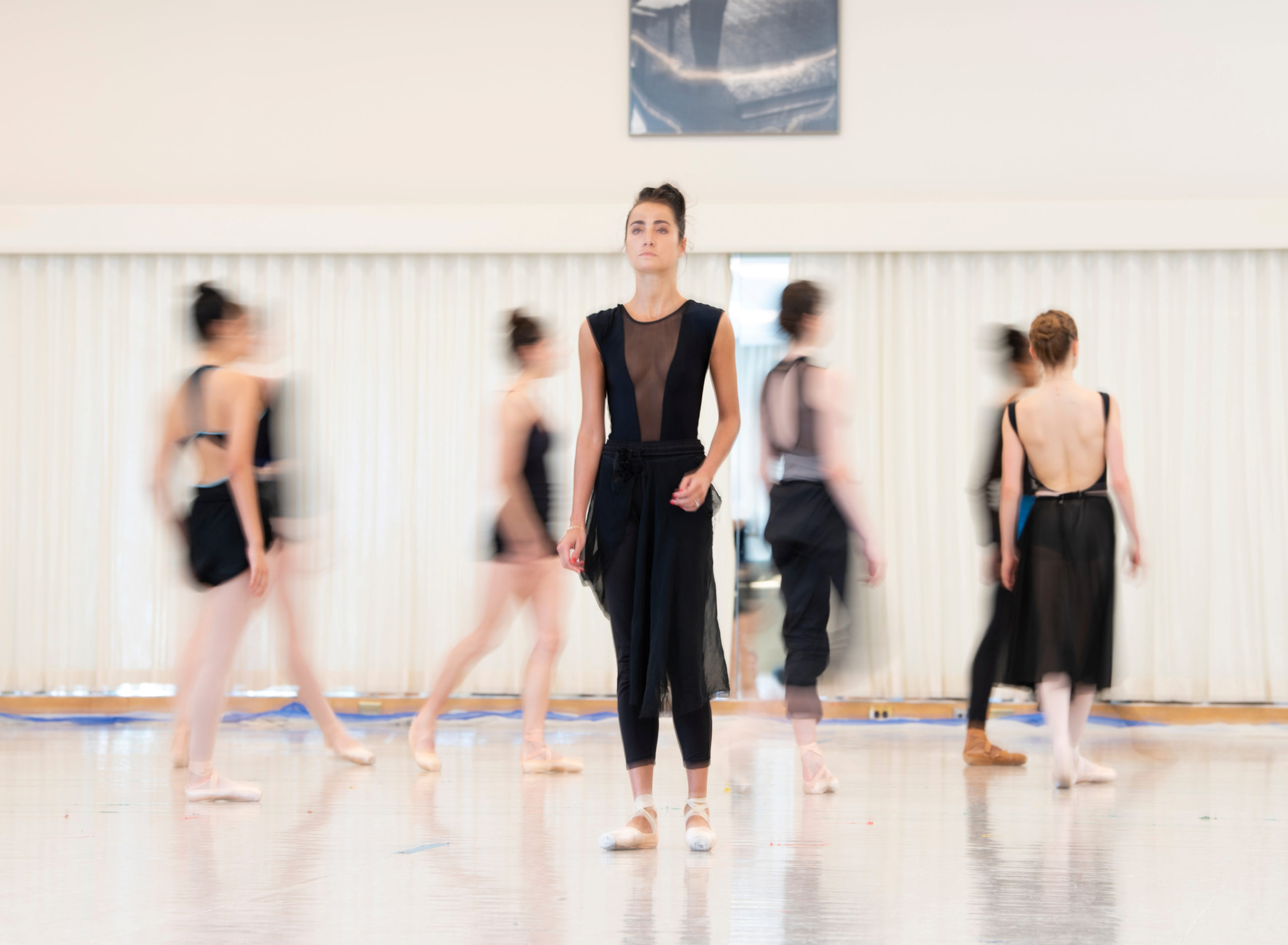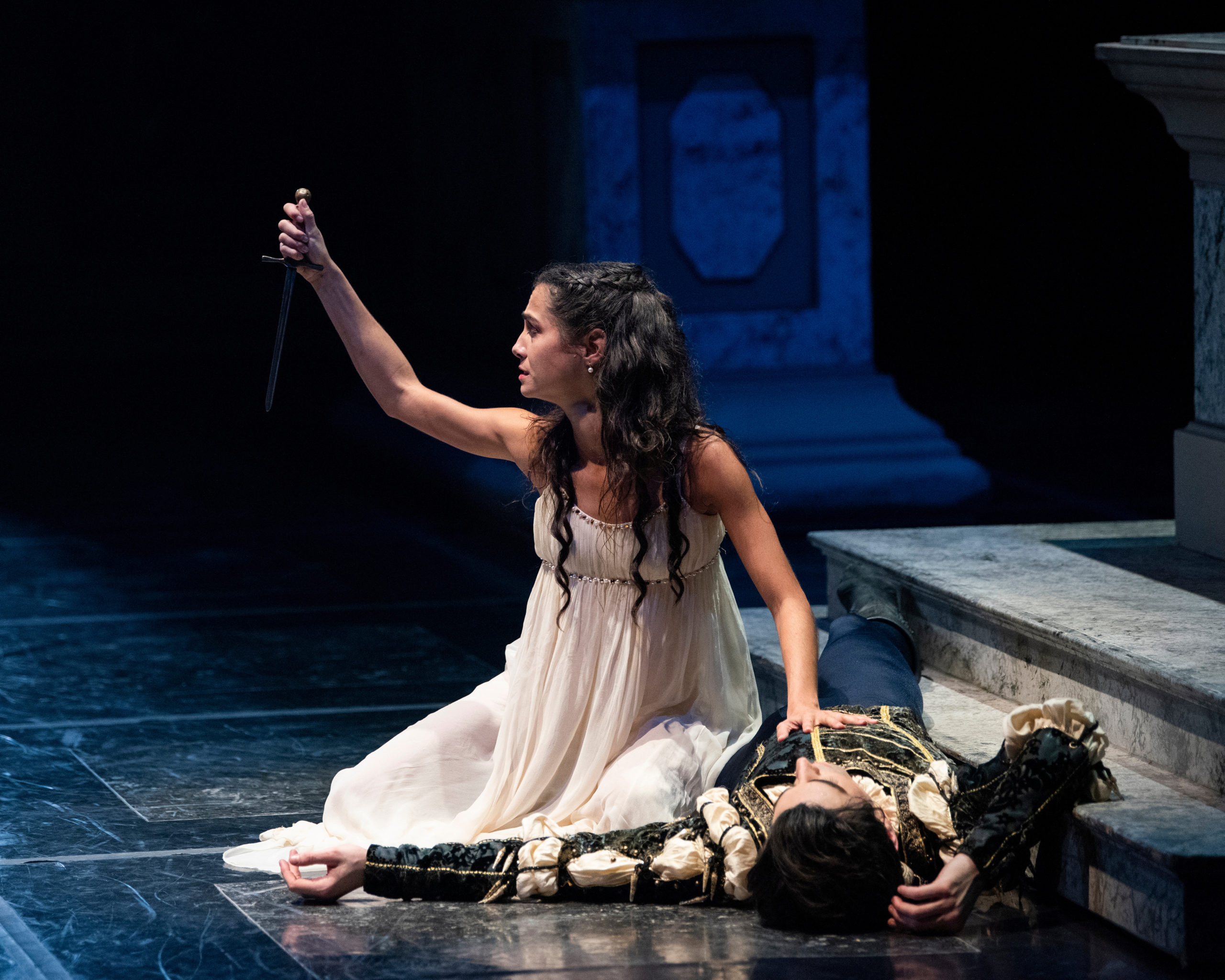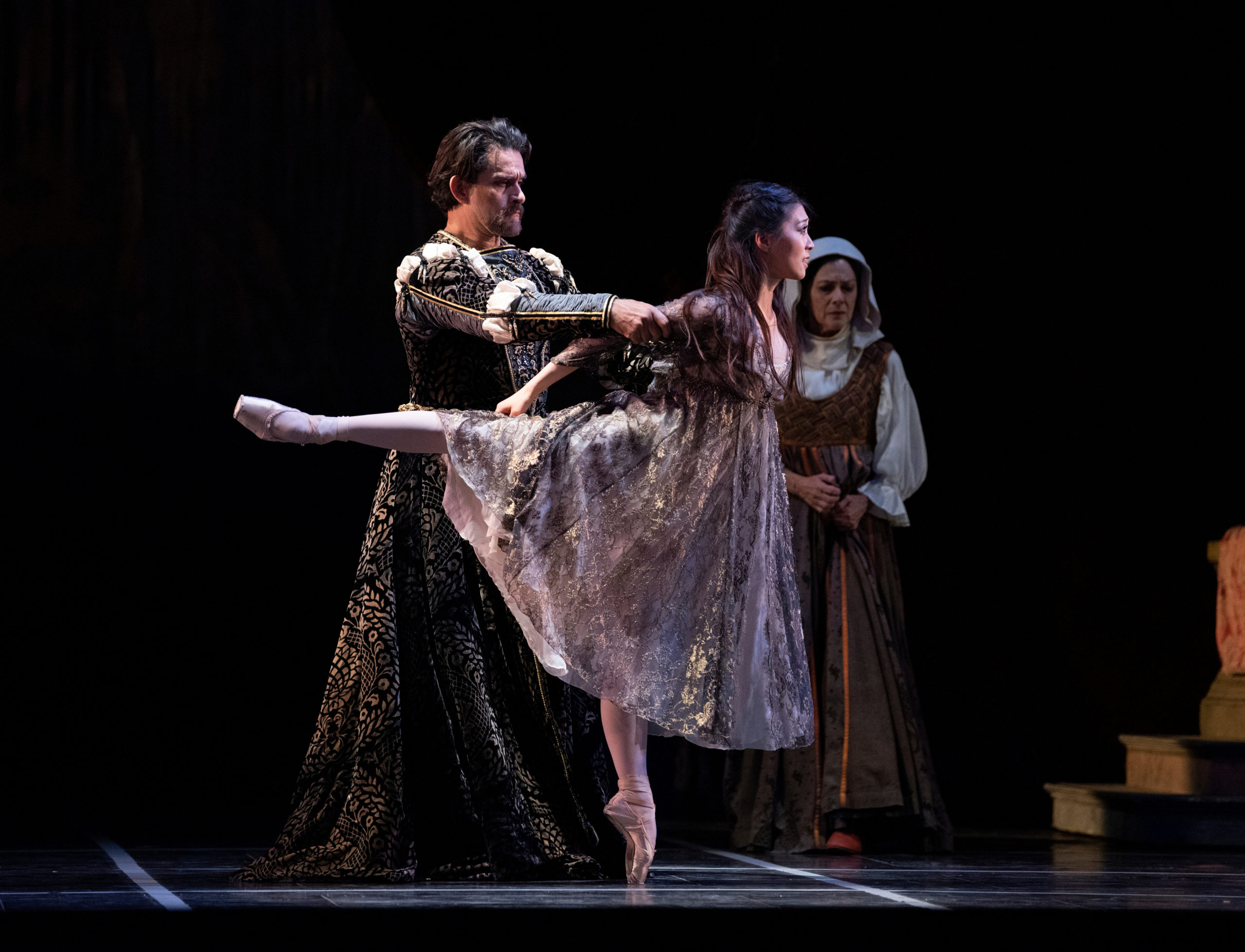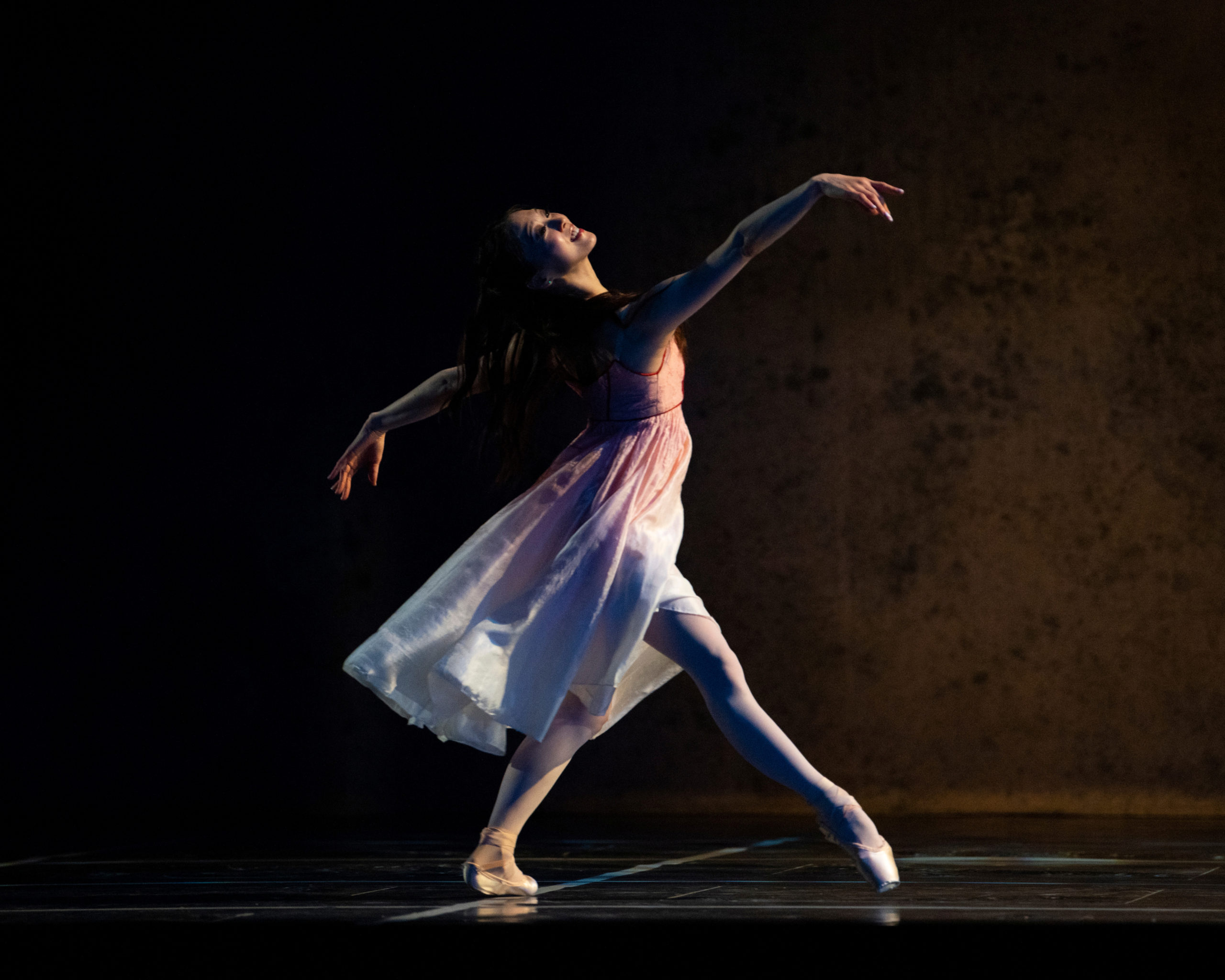Female Characters in 2020 Story Ballets
Get to know this season’s complex, compelling heroines and the women bringing them to life.
From prima ballerinas to fairy princesses, female artists and characters have always had center stage in ballet. So much so that George Balanchine, the 20th century’s most influential choreographer, once said that “Ballet is woman.” But while women may get the balletic spotlight, their portrayals can sometimes seem out of step with the times.
Three of this season’s ballets celebrate famous female characters, but with a modern twist. Cinderella, Mrs. Robinson and Juliet originated in eras very different from our own, but the contemporary perspectives of our choreographers and dancers redefine them as thought-provoking, dynamic central figures in these works, saying goodbye to gendered stereotypes of eras past.
Cinderella
Cinderella is synonymous with fairy tales, and her name has conjured dreams of castles, princes, pumpkins and romance since the 1600s, and legends about a poor, mistreated girl rescued by a male hero date back thousands of years. She was ready for a makeover in 2012, when Christopher Wheeldon created our vibrant production, which was co-commissioned with Dutch National Ballet. Instead of the traditional Cinderella, a girl who is abused by her family until she marries the prince who saves her, Wheeldon’s Cinderella is a modern young woman who navigates her own journey to happiness.
“She’s not just a victim,” says Principal Dancer Dores André, who has performed the lead role since the ballet’s 2013 American premiere at the War Memorial Opera House. “She’s courageous, and she makes choices.” Wheeldon placed this Cinderella in the midst of a messy real life, and he took away the Fairy Godmother; Cinderella has to find her own way to cope with stepsisters who are both lovable and loathsome, and a stepmother with an alcohol problem. “The women in this ballet are not one-sided,” André adds. “Chris doesn’t create simple characters.”
Even Cinderella’s relationship with Prince Charming has unexpected depth, says Ballet Master Anita Paciotti. “You don’t just like these two because they’re good dancers,” she says, “you like them because they’re real with each other.” Rather than hoping a man will swoop in and sweep away her troubles, Cinderella claims her own power and meets him as an equal. As Paciotti says, “There’s a lot to see besides ‘Cinderella gets the prince.’”
Mrs. Robinson
Women’s liberation and the sexual revolution were only just beginning in 1967, when the iconic, Oscar-winning film The Graduate premiered. Based on the 1963 novella by Charles Webb, the film features Anne Bancroft as the dissatisfied forty-something housewife Mrs. Robinson and Dustin Hoffman as a 21-year-old college graduate she has an affair with. Mrs. Robinson is an icon of a less-equal era, and for this season’s commission, British choreographer Cathy Marston wanted to revisit the iconic character in light of the current culture.
“What we feel now about Mrs. Robinson is radically different to the commentary in 1967,” says Marston. “That’s an interesting dialog to be having today.” In mid-20th-century America, few women were able to pursue careers and financial independence; the stereotypical housewives of the era were “doing chores, sitting and staring into space,” Marston observes. “But they’re beginning to realize that it’s not enough.”
The 1960s may seem like a bygone age, but André, who co-created the lead role, sees parallels. “Mrs. Robinson doesn’t fit in,” she observes. “It’s this in-between position that I think a lot of people feel, where you’re trying to change but don’t know if you can.” Paciotti, who saw the movie in 1967, says that women still connect with Mrs. Robinson’s struggle. “She had been an art student, she had dreams of her own that never got fulfilled because she became a wife and mother. It’s completely relevant to the status of women today.”
Marston imbued the ballet with the same emotional ambiguity and eroticism that made the film so compelling, but she steers the plot toward a more hopeful outcome. Yet ultimately, Mrs. Robinson’s future is in the eyes of each observer. “It’s up to you to understand what she is going to do,” André says. “It shows that feminism is a personal journey, and everyone will experience it for themselves. That’s how life actually is.”
Juliet
Juliet may be famous for loving Romeo, but Shakespeare’s tragic teenage heroine is far more than a hopeless romantic. “She’s a rebel,” says André. “She is questioning the status quo, and she is gonna fight against it.” Four centuries after the play’s 1596 publication, Juliet still embodies a woman’s odyssey toward standing up for her values, making her own choices and accepting the consequences.
Juliet’s refusal to marry Paris, the suitor her parents have chosen for her, reflects both the depth of her commitment to Romeo and the power of love to vanquish the hatred between their warring families. “She’s not going to stop herself from loving him,” says Paciotti, who often plays the pivotal role of Juliet’s nurse. “This is somebody trying to break the habit of the older generation, someone whose sense of humanity compels them to say, ‘Enough. I don’t want to fight anymore.’”
Indeed, there’s nothing cookie-cutter about Juliet, and her complexity lets every ballerina approach her in a unique way. “What’s so amazing about Juliet is that she’s a feminist before her time,” says corps de ballet member Jasmine Jimison. Juliet is the first lead role Jimison—still a teenager herself—is taking on, and she’s kept an eye on other dancers’ performances. “All the Juliets have very different interpretations,” Jimison says. “I relate to Juliet being young and happy, and having her first love.”
Paciotti sees Juliet as a role model unbound by time, place and culture. “She’s gutsy, she’s defiant, she’s willing to risk herself to change the status quo,” she says. “People see a better way, and that’s what sets them apart. That’s what makes them heroes.”
Although they originated in different eras and different parts of the world, Cinderella, Mrs. Robinson and Juliet represent universal aspects of women’s experiences. And though the original stories were written by men, it is the female artists of San Francisco Ballet who will bring the characters to life on the Opera House stage, in contemporary and uniquely personal ways. Discover your own perspective by experiencing all three ballets—and all of these compelling women.
Header image: Mathilde Froustey in Tomasson’s Romeo & Juliet // © Erik Tomasson



